Shock is a life-threatening medical condition where the body’s organs and tissues do not receive enough oxygen-rich blood. It can arise from a variety of causes, all of which demand prompt medical attention. Understanding the types of shock is crucial in addressing this medical emergency. Here, we explore five primary causes of shock, highlighting their distinct mechanisms and effects on the body.
1. Hypovolemic Shock
Hypovolemic shock occurs due to a severe loss of blood or fluids, leading to a decrease in the volume of circulating blood. This is one of the critical types of shock, and it can result from trauma, internal bleeding, severe burns, or excessive vomiting and diarrhea. When the body loses a significant amount of fluid, it struggles to maintain adequate blood pressure and supply oxygen to tissues. Symptoms include rapid heart rate, low blood pressure, cold and clammy skin, and confusion. Immediate fluid replacement or blood transfusion is critical to managing hypovolemic shock.
2. Cardiogenic Shock
Cardiogenic shock happens when the heart is unable to pump blood effectively, often due to a heart attack, heart failure, or a severe arrhythmia. Among the various types of shock, this one leads to reduced cardiac output, which in turn compromises oxygen delivery to the organs. Symptoms include chest pain, shortness of breath, weak pulse, and fainting. Cardiogenic shock requires urgent medical intervention, often involving medications to improve heart function, or in severe cases, mechanical assistance such as a balloon pump or ventricular assist device.
3. Septic Shock
Septic shock is caused by a widespread infection in the body, leading to a systemic inflammatory response that disrupts blood flow and damages tissues. Bacteria, fungi, or viruses entering the bloodstream can trigger this type of shock. Septic shock is characterized by high fever, rapid breathing, and dangerously low blood pressure. Patients may also experience altered mental states, and organ failure may follow if untreated. Antibiotics, intravenous fluids, and medications to support blood pressure are key treatments.
4. Anaphylactic Shock
Anaphylactic shock is a severe allergic reaction to substances such as food, medication, or insect venom. It occurs when the immune system releases a flood of chemicals that cause blood vessels to dilate and airways to constrict, categorizing it as one of the severe types of shock. Symptoms include difficulty breathing, swelling, hives, and a rapid drop in blood pressure. Treatment typically involves the immediate administration of epinephrine, along with antihistamines and corticosteroids to counter the allergic reaction.
5. Neurogenic Shock
Neurogenic shock results from severe damage to the central nervous system, particularly the spinal cord. This injury causes a loss of vascular tone, leading to widespread vasodilation and decreased blood pressure. Common causes include spinal cord injuries or traumatic brain injuries. Symptoms are similar to other forms of shock but may also include paralysis or an abnormal heart rate. Treatment involves stabilizing the spinal injury and managing blood pressure through medications and fluids.
Understanding the various causes of shock is crucial in recognizing the symptoms and administering timely treatment, potentially saving lives. Treating different types of shock requires specific medical interventions. Do you know what to do?

